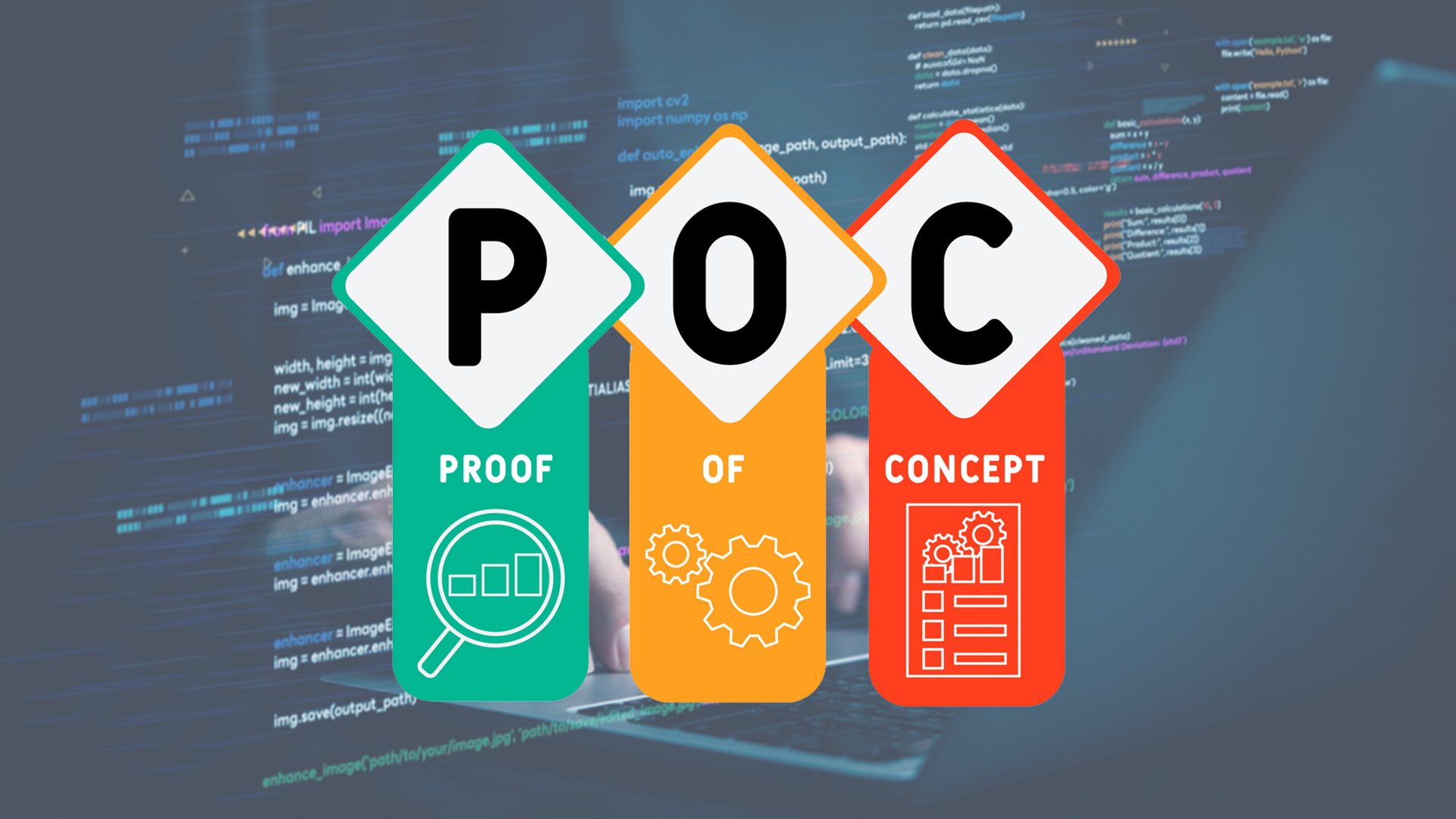Flutter and React Native are two leading tools for cross-platform app development that eliminate development time for iOS and Android devices. One should have a complete understanding of Flutter vs React Native when it comes to choosing an appropriate one. React Native and Flutter are app development frameworks. They both help in building interactive apps for both Android and iOS.
Both offer powerful tools for building high-performance, cross-platform mobile applications. As of 2024, the debate continues over which is the best choice for developers. Each framework has its strengths and weaknesses, and selecting the right one depends on your project’s specific requirements, development experience, and long-term goals. This blog will explore all the necessary differences of Flutter vs React Native so that you can easily choose between one.
Flutter vs React Native 2024: Exploring the Evolution
Since the launch, both Flutter and React Native have undergone substantial evolution. Flutter with its C++ engine, offers top-tier performance in producing quality graphics and animations. However, its apps are relatively large due to its single code base, which simplifies maintenance and smoothes the process of cross-platform development.
React Native is however a more mature platform, and has a larger community and a broader ecosystem than Flutter. Its performance may be limited based on the capabilities of the native UI elements. Yet, its ability to reuse code across multiple platforms like iOS, Android, web, and desktop platforms makes it a compelling choice for many developers. Moreover, work with top Flutter app development companies to get great user experience and smooth solutions to meet your business goals.
Flutter VS React Native: Building iOS and Android Apps
| FLUTTER VS REACT NATIVE | |
| Flutter provides a comprehensive development environment, including a rich set of tools like Flutter Inspector and Dart DevTools. | React Native integrates seamlessly with popular IDEs like Visual Studio Code and provides debugging tools. |
| Flutter offers a rich set of customizable UI components known as widgets. | It relies on native components, which may require customization for platform-specific design. |
| Flutter supports embedded devices, Android, iOS, Web, and Desktop. | React Native primarily targets iOS and Android but has experimental support for web and desktop platforms. |
Why Use Flutter?
Flutter, developed by Google, is ideal for creating visually rich and highly customizable interfaces, thanks to its widget-based architecture. It is mostly used for building cross-platform applications since it operates within a single codebase and renders it into native code on each platform. It provides consistent UIs across platforms and excels in performance, especially when smooth animations or complex graphics are required.
Is Flutter The Future?
In 2023 Flutter was used to facilitate mobile app development services to turn app ideas into realities by enabling effortlessly efficient and sound solutions. The top business benefits of Flutter include; cost savings, greater customer appeal, and access to multiple platforms. Flutter app development has a promising future, the framework is still in its infancy and has much potential for development.
Why Use React Native?
React Native, backed by Meta (formerly Facebook), is well-suited for developers who already know JavaScript and React, offering a fast learning curve and access to a vast ecosystem of libraries and tools. React Native leverages native components, which can give apps a more native feel and allow for greater flexibility when building platform-specific features.
Is React Native The Future or is it Dead?
React Native is still highly relevant in 2024 and is far from being dead. It continues to be widely adopted due to its JavaScript foundation, which makes it easy for developers familiar with the language to build cross-platform mobile apps. Backed by Meta (formerly Facebook), it has a mature ecosystem and is used by major companies like Instagram and Airbnb. It allows developers to reuse code which speeds up the development process.
Which is Better Flutter or React Native?
Deciding about Flutter vs React entirely depends on project requirements. Flutter is backed by Google which allows the creation of highly customized, visually rich apps with consistent UI due to its widget-based architecture and rendering engine.
On the other hand, React Native is backed by Meta so it is preferred for developers with JavaScript and React experience. It provides faster onboarding, development, and design flexibility.
Ultimately Flutter is better for performance and heavy-designed apps, while React is more suitable for teams experienced in JavaScript and seeking rapid development.
Conclusion
In conclusion, both Flutter and React Native are powerful frameworks, and each has their strengths and weaknesses. Flutter offers high-performance and visually compelling applications. Its widget-based approach to UI design and building apps with a single codebase makes it a promising choice.
However, React Native, with its JavaScript programming language and large community, offers a more native feel to applications. Its ability to reuse code across various platforms and integrate with native modules makes it a compelling choice for many developers.









